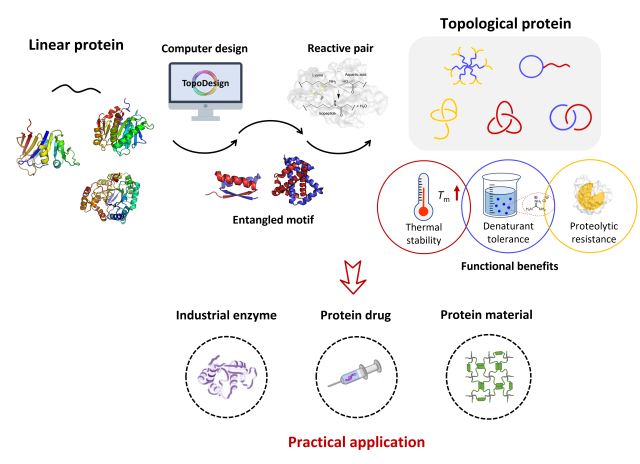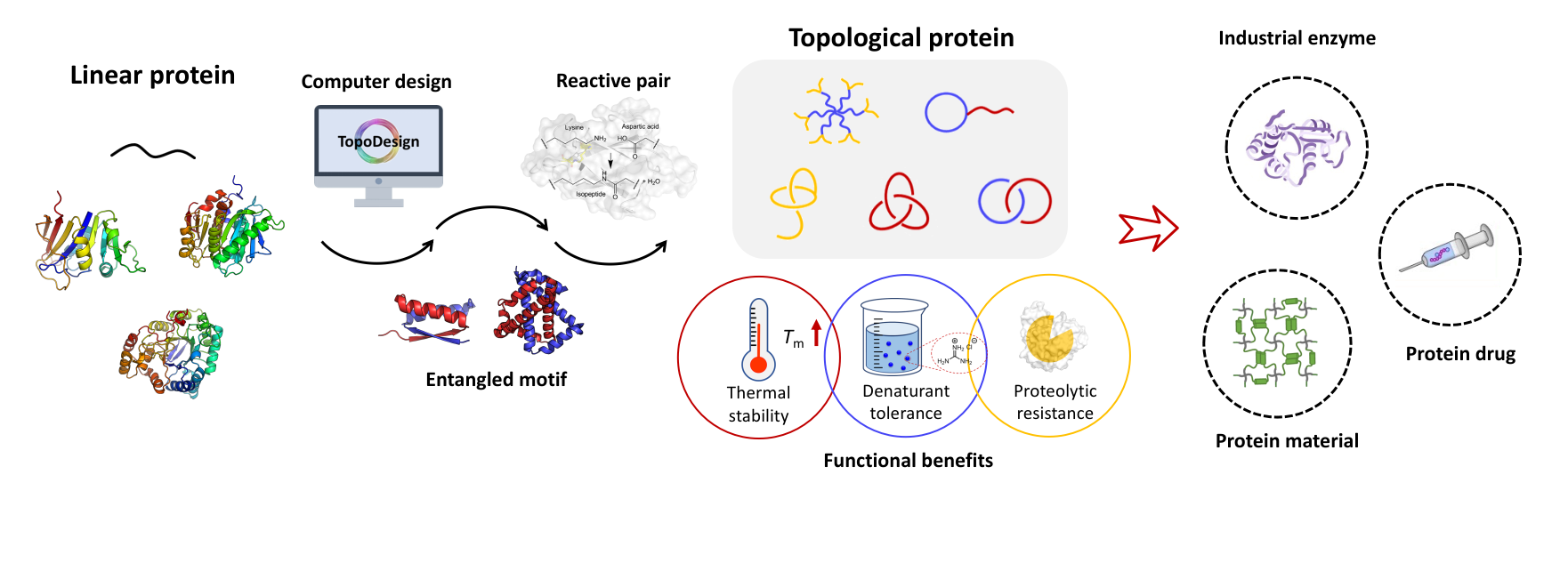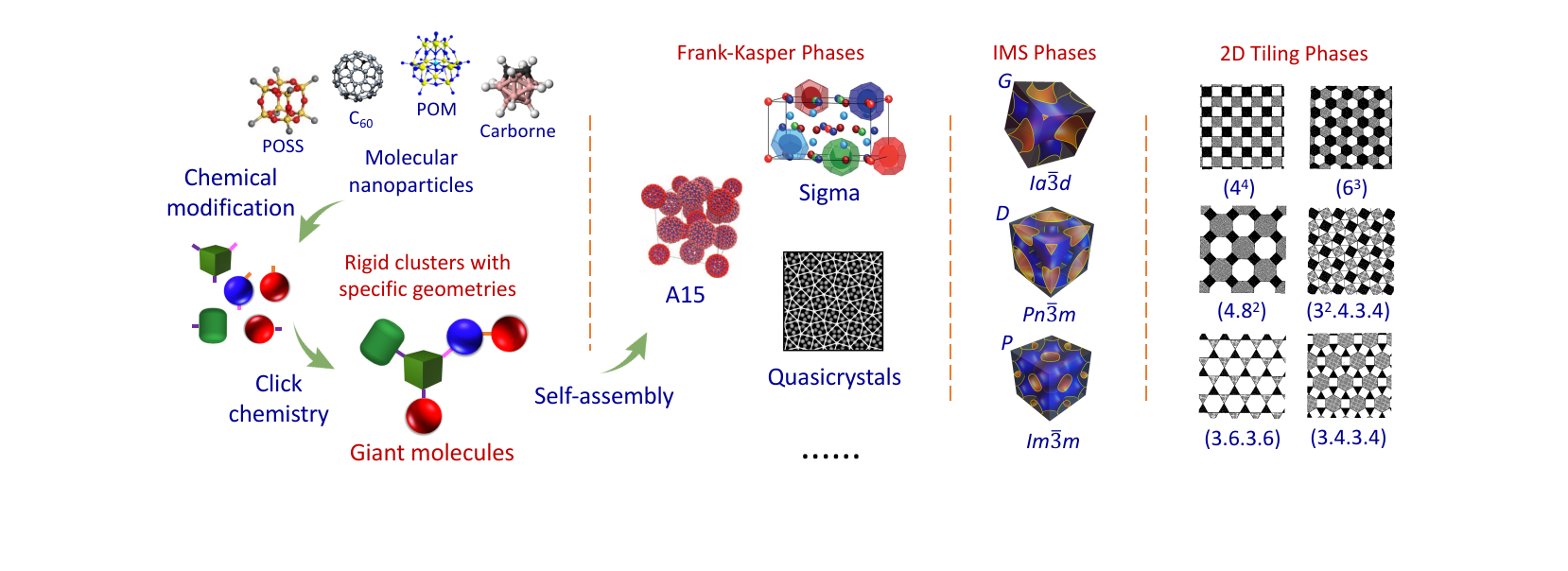最新热点
联系我们
张文彬课题组
地址:北京市海淀区成府路202号
北京大学化学与分子工程学院
邮编:100871
电话:010-62766876
电邮:wenbin@pku.edu.cn

请扫以上二维码关注我们课题组的公众号。
我们将定期推送组会每周精读和泛读文献介绍以及课题组的最近新闻!
--------------------------------------------
项目方向
As one of an important part of biomacromolecules, proteins play the role in life activities. In order to further expand the application space of proteins, engineering is necessary for natural proteins to improve their performance. Sequence, length, and topology are key factors that can affect the structure and properties of proteins from different dimensions. Among them, Protein topology engineering aims to modify the topology of linear proteins to achieve their shuttle in the topological space, thereby bringing more functional benefits to proteins. With these advantages, we can develop powerful enzymes, protein drugs and protein materials, broadening a new horizon for the development of biocatalysis, biomedicine and materials science. In order to achieve the goal, we are committed to developing automated topological protein design program, expanding entangled protein motif library and protein chemical reactive pairs. Based on the fundamental modules, combined with protein rational design methods and directed evolutionary strategies, we can achieve a wide range of applications for functional proteins with non-trivial topology.

Exemplary projects are discussed below:
I. Developing computer-aided design program
Valid connectivity and spatial relationship should be considered for topological design. We aim to develop computer-aided topological protein design program. With different requirements, the program can generate different kinds of designed topological proteins efficiently, further expanding the richness of topological proteins.
II. Expanding protein entangle motifs
Protein entangle motifs are the basis for the synthesis of proteins with complex topological structures. We develop rational algorithms to find entangle motifs in natural protein structure databases for the synthesis of interlocked protein cages. We hope to further extract the sequence-structure relationship of entangle motifs and guide the discovery and de novo design of novel protein entangle motifs through machine learning methods.
III. Engineering protein chemical reactive pairs
Another important issue for topological protein synthesis is the development of genetic encoded protein chemical reactive pairs. Protein chemical reactive pairs mediate chemical coupling between different protein motifs, thereby defining the valid connectivity between motifs. By developing protein chemical reactive pairs with different responsiveness, the selective synthesis of proteins with different topological structures can be achieved, and the feasibility of synthesis can be further expanded.
IV. Synthesizing functional topological proteins
Topological engineering can bring many functional advantages to proteins, such as stability improvement and affinity enhancement. By combining topology engineering with traditional protein engineering methods (such as computer-aided rational design and screening pressure guided directed evolution), the application scenarios of functional proteins can be further expanded. We are committed to combining these strategies to develop functional topological proteins such as new industrial enzymes, protein drugs and protein materials, etc.





